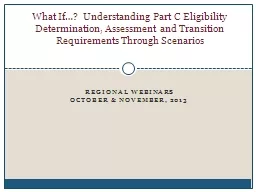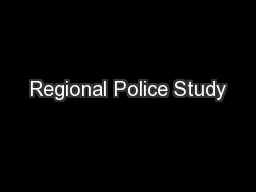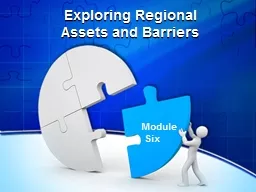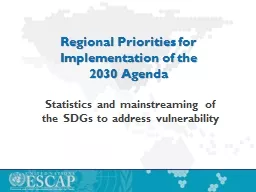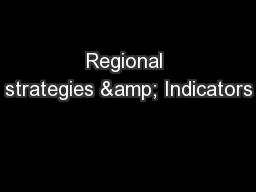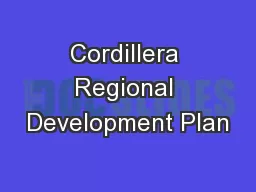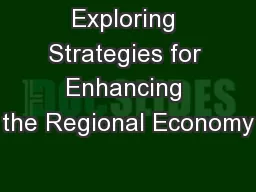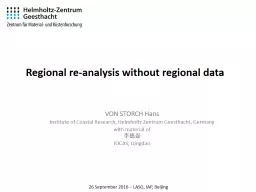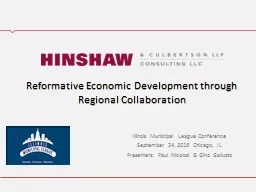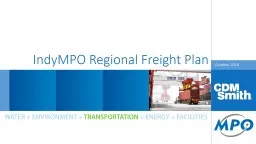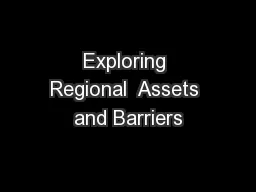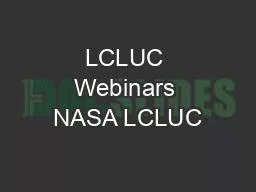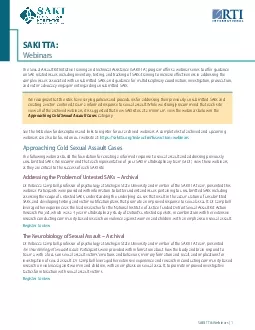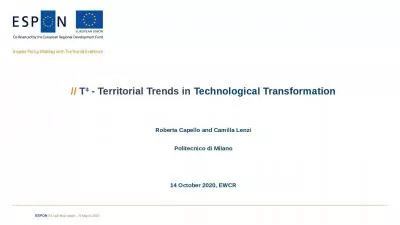PPT-Regional webinars October &
Author : tatiana-dople | Published Date : 2019-06-19
NOvember 2013 What If Understanding Part C Eligibility Determination Assessment and Transition Requirements Through Scenarios Initial and Annual Eligibility Assessment
Presentation Embed Code
Download Presentation
Download Presentation The PPT/PDF document "Regional webinars October &" is the property of its rightful owner. Permission is granted to download and print the materials on this website for personal, non-commercial use only, and to display it on your personal computer provided you do not modify the materials and that you retain all copyright notices contained in the materials. By downloading content from our website, you accept the terms of this agreement.
Regional webinars October &: Transcript
Download Rules Of Document
"Regional webinars October &"The content belongs to its owner. You may download and print it for personal use, without modification, and keep all copyright notices. By downloading, you agree to these terms.
Related Documents

